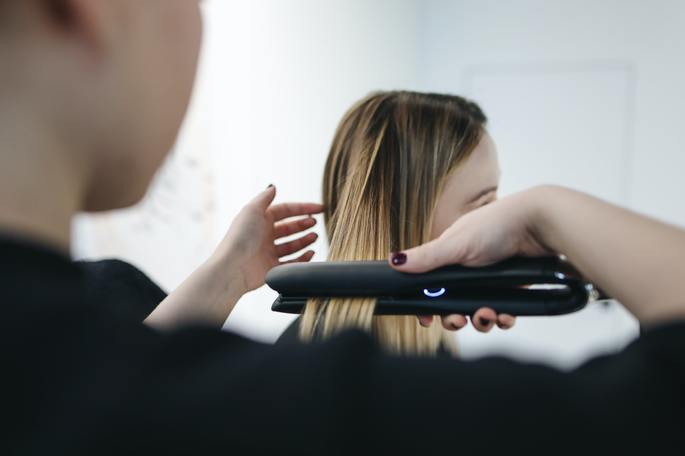Is your lock lifeless, all dried up and super porous? Calm down! This occurs because our hair is daily exposed to external factors such as sun, pollution and heat sources that can damage them.
Capillary cauterization is an incredible method that restores the health of our wigs and promises wonderful results! So come check out how to save your hair with cauterization.

How to use slime in your hair: learn how to moisturise and more
What is capillary cauterization and what is it for?
Cauterization is a powerful treatment that restores the capillary fiber, replacing the lost proteins. In addition, this method seals the cuticles of the hair, which keeps the hair healthier for much longer and without frizz!
The main benefits of capillary cauterization are:
- Keeps your hair strong and healthy
- Returns the brightness and luminosity to the wires;
- Eliminates porosity, leaving hair soft and loose;
- Align the threads, keeping the lock set;
- It strengthens the natural protection of the threads;
- Eliminate the frizz.
Apple Vinegar in the hair: know 11 advantages
How is capillary cauterization performed?
The cauterization is done with products based on keratin, the main active used in the procedure. Also, in most cases, a heat source is used to seal the cuticles, which reduces frizz and brings a lot of shine to the strand.
Learn how to do capillary cauterization at home
Cauterization at home is very easy and practical, but some extra care is needed! Check it out:
- First wash your hair with shampoo;
- With the yarns still wet, apply the product evenly lock by lock;
- Then dry your hair with a hair dryer and finish with a flat iron, sealing the cuticles.
Attention: in fragile hair it is not recommended the process of sealing the cuticles with a heat source, as it can damage the hair even more. Therefore, in these cases, the appropriate thing is to let the strand dry naturally.
Shine bath: bet on this hair treatment you can do at home
When should I do a capillary cauterization?
Cauterization is indicated for damaged and lifeless hair, because it restores nutrients and vitalizes the hair fiber. So, if your hair is dry, porous, dull and brittle, cauterization can be a good option to save your strand.
However, be sure to consult a professional first to analyze if it is really the ideal method for your case.
Cauterization or reconstruction?
Hair reconstruction is a very similar method to cauterization, based on keratin. However, the reconstruction is a lighter procedure, since it requires a rinse of the product applied, and does not require a finishing with a heat source. This method is recommended for very fragile strands, fortifying the hair before performing a cauterization.
See also:
Graduating in Fine Arts, she puts together each look as if it were a masterpiece, while watching several reviews of skincare productions on Youtube.


